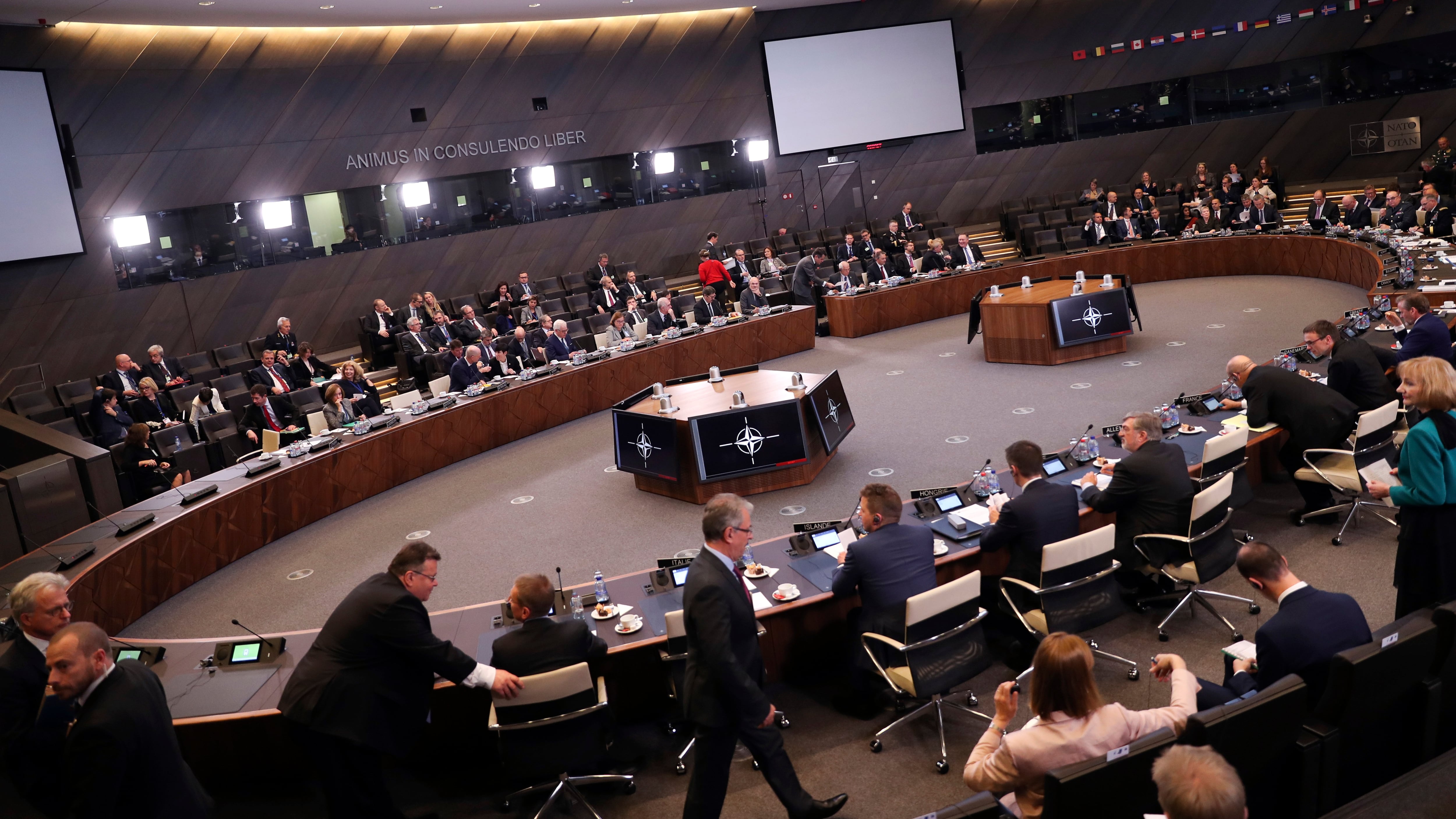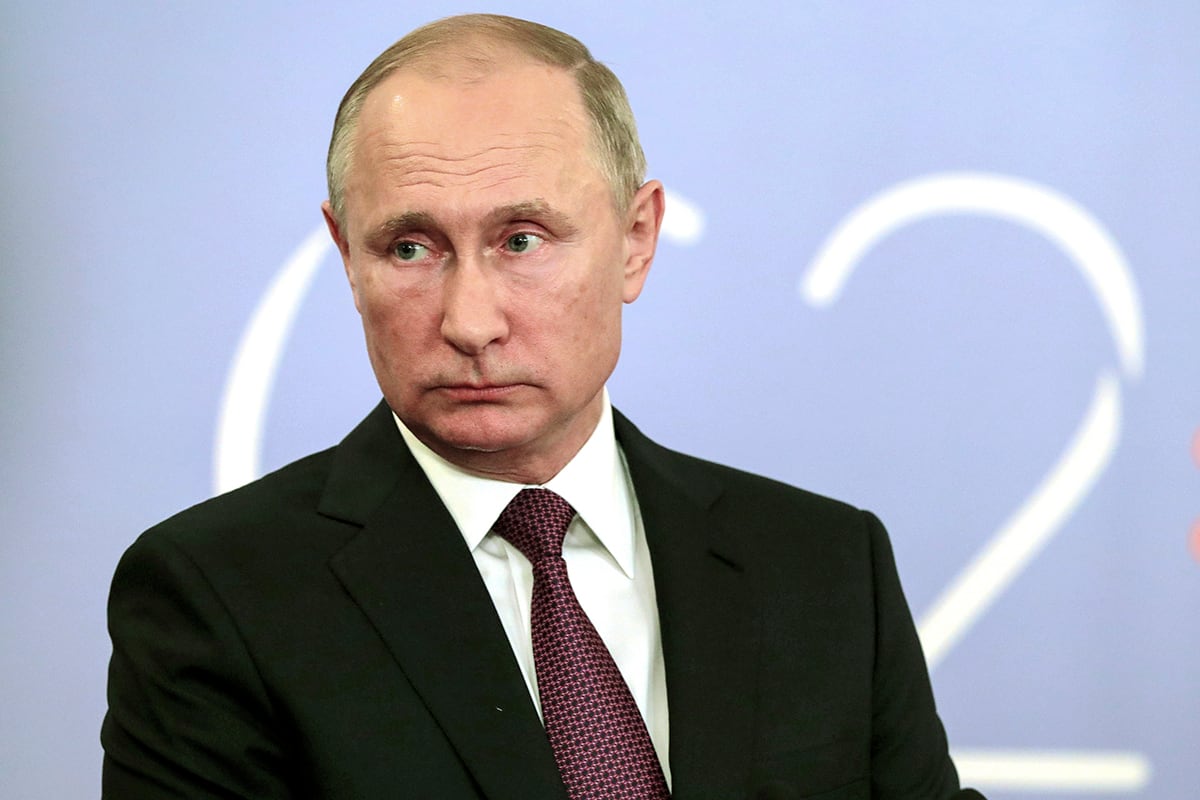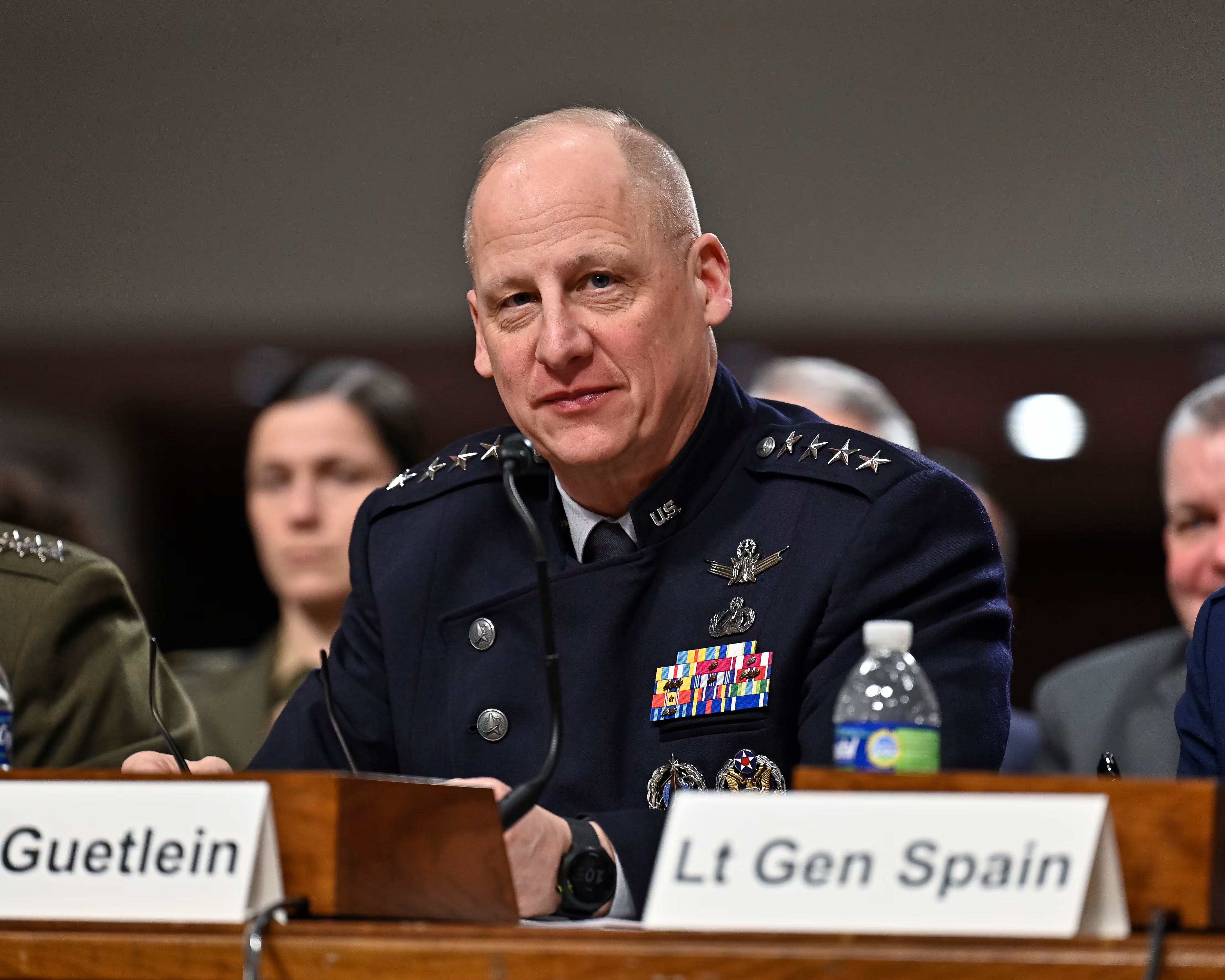The main Russian event of 2018 was President Vladimir Putin’s re-election for another six-year term. In view of the nature of the Putin regime, the re-election itself came as no surprise. But it has also demonstrated that there is still no alternative to Putin as the Russian national leader — the president continues to enjoy broad grassroot support and has the unanimous backing of the Russian elites.
As a result, Russia’s domestic and foreign policy course is set to remain unchanged for many years to come; no one is in any doubt that one way or another, Putin will remain in charge even after his current presidential term runs out in 2024. In fact, most Russians perceive that continuity and stability of Putin’s course as his main achievement because he has been instrumental in the steady improvement of the Russian economy, prosperity, and law and order. Putin has basically put into practice the famous strategy formulated by the early 20th century Russian Prime Minister Pyotr Stolypin: “Give me 20 years of calm and you won’t recognize Russia.”
In that sense, by voting for Putin, the Russian electorate votes primarily for a continued “calm” that is fundamental to the country’s modernization. The success of that modernization, the rapid growth in Russian prosperity and the impressive improvement in the Russian infrastructure were amply demonstrated by the success of the 2018 FIFA World Cup.
Putin and his administration still remain a powerful engine of Russia’s Western-style modernization. In that sense, we can only admire the president’s determination to maintain the country’s pro-Western course — which is especially impressive given the ongoing foreign policy confrontation with the West.
In the West itself, Putin is portrayed as an architect of an anti-Western approach, a leader of the global anti-Western forces and a man determined to undermine Western democracy. It is clear, however, that in the Russian context, Putin is far more liberal and pro-Western than most of the Russian public or the majority of the Russian elites.
According to opinion surveys and election results, most Russians are far less liberal and far more populist, or socialist-minded, on economic issues than their president. They also advocate a far more forceful and conservative domestic and foreign policy course. In that sense, Putin embodies Alexander Puskhin’s 200-year-old dictum that “the government are the only Europeans in this country.”
The authoritarian nature of Putin’s rule enables the Russian government to pursue a sensible and responsible financial policy, taking unpopular measures — such as the recent rise in the retirement age — when the situation calls for it. As a result, Russia’s macroeconomic indicators remain sound, despite the growing pressure of U.S. sanctions.
In his domestic policy and on matters of defense, Putin is likely to carry on with the cautious approach that aims to minimize the costs of the confrontation with the West. A case in point is the draft federal budget for 2019-2021, which includes real-term defense spending cuts. (Based on our own estimates, defense spending will remain flat thanks to various budgetary chicanery, but there will certainly be no increase.)
RELATED

Russia will continue to pursue a cautious and conservative program of bolstering its military capability, with an emphasis on gradual technological modernization — including a continued buildup of forces stationed along the border with Ukraine in order to give Moscow more instruments for intervening in the course of the Ukrainian conflict. At the same time, Moscow will desist from any tangible military buildup in the European (northwestern) theater, despite the mutually belligerent rhetoric by NATO and Russia, and the growing U.S. military presence in Europe.
Judging from the new State Armament Program for 2018-2027, which Putin signed off in December 2017, many of the most ambitious and expensive aerospace and naval weapons programs have effectively been pushed back to the mid-2020s or even beyond 2027.
In Syria, Putin will keep trying to convert the military success of the Russian intervention into political and diplomatic gains, but he will be hampered by the growing Syrian involvement of the United States. Unlike Moscow, Washington has no constructive agenda in Syria, which gives the Americans a greater freedom of maneuver.
The growing U.S. pressure in recent years, including the constant ramping up of anti-Russian sanctions, has led the Russian political elite to believe that there are no tangible prospects for any political normalization with the United States anytime soon, and that the sanctions are here to stay. It is now the general opinion in Russia that even if Moscow were to capitulate on all the key foreign policy fronts, there would be no tangible easing of U.S. sanctions — and the sanctions themselves would be vindicated as an effective instrument of pressure.
RELATED

As a result, the Russian public opinion is increasingly determined to endure a long-term confrontation with the West and with the United States in particular. Long-term stability of the Russian economy and society will be crucial if Russia is to emerge relatively unscathed from that confrontation.
In fact, Russia can probably survive 10 to 15 years of such confrontation without too much damage to itself. It is believed, however, that the West will gradually become weary of that confrontation in the absence of any ideological underpinnings for it. That Western weariness — as well as the changing global balance of power, reinforced by the growing Sino-U.S. confrontation — will eventually open up a window of opportunity for Moscow to achieve a normalization with the West without relinquishing any of its key holdings (such as Crimea and the Russian sphere of influence in the former Soviet republics).
In the eyes of the Russian people, Vladimir Putin is the ideal leader to steer their country during such a period of confrontation.
Ruslan Pukhov is the director of the Moscow-based think tank Centre for Analysis of Strategies and Technologies.








